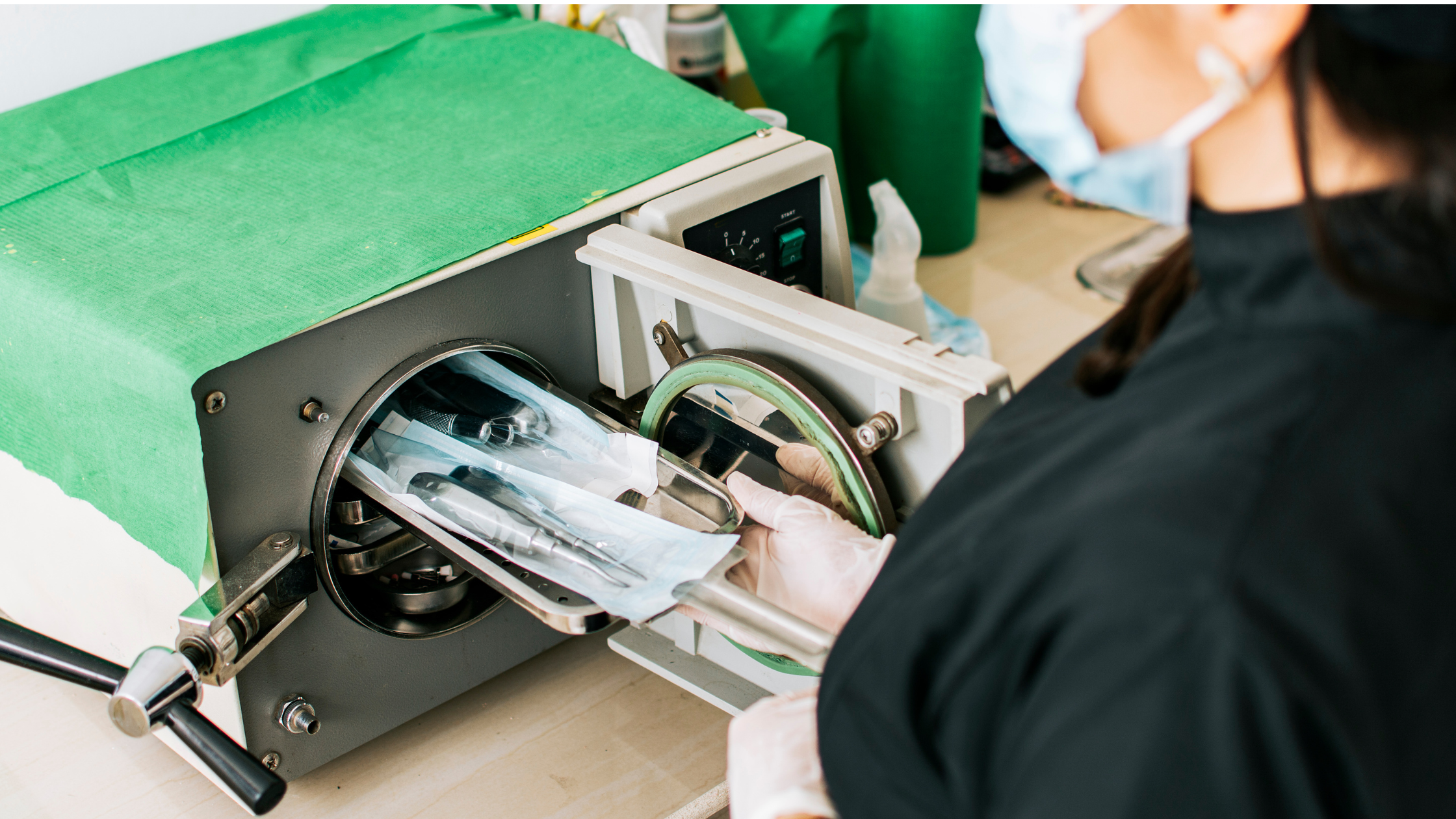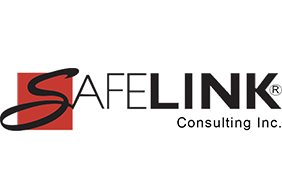In the field of dentistry, patient safety is of utmost importance. Sterilization plays a critical role in preventing the spread of infections and ensuring the well-being of both patients and dental pros. However, there are instances where sterilization errors made in dentistry occur, jeopardizing the efficacy of infection control protocols. Let's dive into some oh-so-common sterilization errors made in the world of dentistry and really drive home the importance of sticking to those sterilization guidelines.
Sterilization is an absolute must in dental practices to maintain a squeaky clean and safe environment. With dental procedures involving instruments and materials that come into direct contact with oral tissues and fluids, failing to sterilize them properly can result in the transmission of nasty microorganisms like viruses, bacteria, and fungi from one patient to another. By implementing top-notch sterilization protocols, we can minimize the risk of cross-contamination and create a safe environment for both patients and dental pros.
The sterilization process:
Let's get into the nitty-gritty of the sterilization process in dentistry. It's a meticulous dance of cleaning instruments and equipment to get rid of any yucky debris. Once that's done, we wrap them up in materials that keep them nice and sterile. To tackle those pesky microorganisms, we use sterilization techniques like autoclaving, chemical disinfection, or dry heat. And of course, we don't just stop there. We regularly keep an eye on our sterilization equipment and processes to make sure they're doing their job effectively. Finally, we store the sterilized instruments in a safe and sterile environment until they're ready to be used. Phew, talk about attention to detail!
It sounds pretty simple...what could go wrong?
Let's face it, one of the major reasons why sterilization errors happen is the lack of proper knowledge and training among dental pros. It's absolutely crucial for every member of the dental team to grasp the importance of sterilization protocols, including how to correctly use sterilization equipment, safely handle instruments, and follow recommended guidelines. Without adequate training, mistakes like loading autoclaves incorrectly or not cleaning instruments properly can seriously compromise the overall effectiveness of the sterilization process.
But wait, there's more!
Here's where things can get a little hairy. You see, effective sterilization isn't just a one-time thing. It requires continuous monitoring and proper documentation. Unfortunately, some dental practices fall short in this aspect. They forget to keep accurate records of sterilization cycles, including important details like time, temperature, and pressure. And let me tell you, that can lead to some serious uncertainties about how effective the sterilization process actually is. That's why it's 100% necessary to regularly monitor sterilization equipment, like autoclaves, statims, and ultrasonic cleaners, to catch any malfunctions and prevent the use of compromised instruments.
Taking shortcuts can compromise patient health!
Now, let's talk about the challenges of time constraints in a busy dental practice. We all know how demanding it can be, but when it comes to sterilization, there's no room for shortcuts. Rushing through the sterilization process can seriously compromise its effectiveness. The autoclaves and other sterilization equipment need sufficient time to reach and maintain the right temperature and pressure levels to kill those pesky microorganisms. So, dental pros, make sure you allocate enough time for sterilization procedures. Don't cut corners - ensure that your instruments and equipment are properly cleaned and sterilized before use. Safety always comes first!
Packaging & Storage:
Packaging and storing instruments may not sound glamorous, but it's a vital part of the sterilization process. If you want those instruments to be squeaky clean and ready for use, you've got to do it right. Improper packaging, like cramming too many instruments together or using materials that don't allow steam to penetrate, can really throw a wrench in the works. And let's not forget about storage conditions. If instruments are left in a contaminated environment, they'll just end up getting re-contaminated. Talk about a sterilization fail!
Let's wrap it up!
Sterilization errors in dentistry can be a real nightmare, putting patients at risk and making infection transmission a terrifying possibility. But fear not, my dental pro friends! There are steps you can take to avoid these errors and keep everyone safe and sound. First and foremost, continuous education and training are key. Stay up-to-date on the latest sterilization protocols and guidelines to ensure you're always on top of your game. Consistent monitoring and documentation are also crucial. Keep track of every step in the sterilization process, from start to finish, to maintain that peace of mind. And don't forget about time allocation! Rushing through sterilization procedures is a big no-no. Give those instruments the time they need to be properly cleaned and sterilized. Finally, packaging and storage might not be the most exciting tasks, but they're essential. Make sure instruments are packaged correctly and stored in a safe environment to prevent any contamination mishaps. By following these tips and sticking to strict sterilization guidelines, you'll be a superhero of infection control, protecting both yourself and your patients.
Discover the Importance of Evaluating the Sterilization Process in Dental PracticesIf you have any questions or need OSHA compliance or CDC guidelines assistance, please contact SafeLink Consulting or visit our website to learn more about how we can help your business with safety training, safety assessments, and infection control protocols.
How to Achieve OSHA Compliance for the Dental Practice
OSHA Compliance for the Dental Laboratory
Get notification when new regulatory compliance training courses are added plus upcoming events by subscribing to our email news.







Leave Comment